Physical Address
304 North Cardinal St.
Dorchester Center, MA 02124
Physical Address
304 North Cardinal St.
Dorchester Center, MA 02124
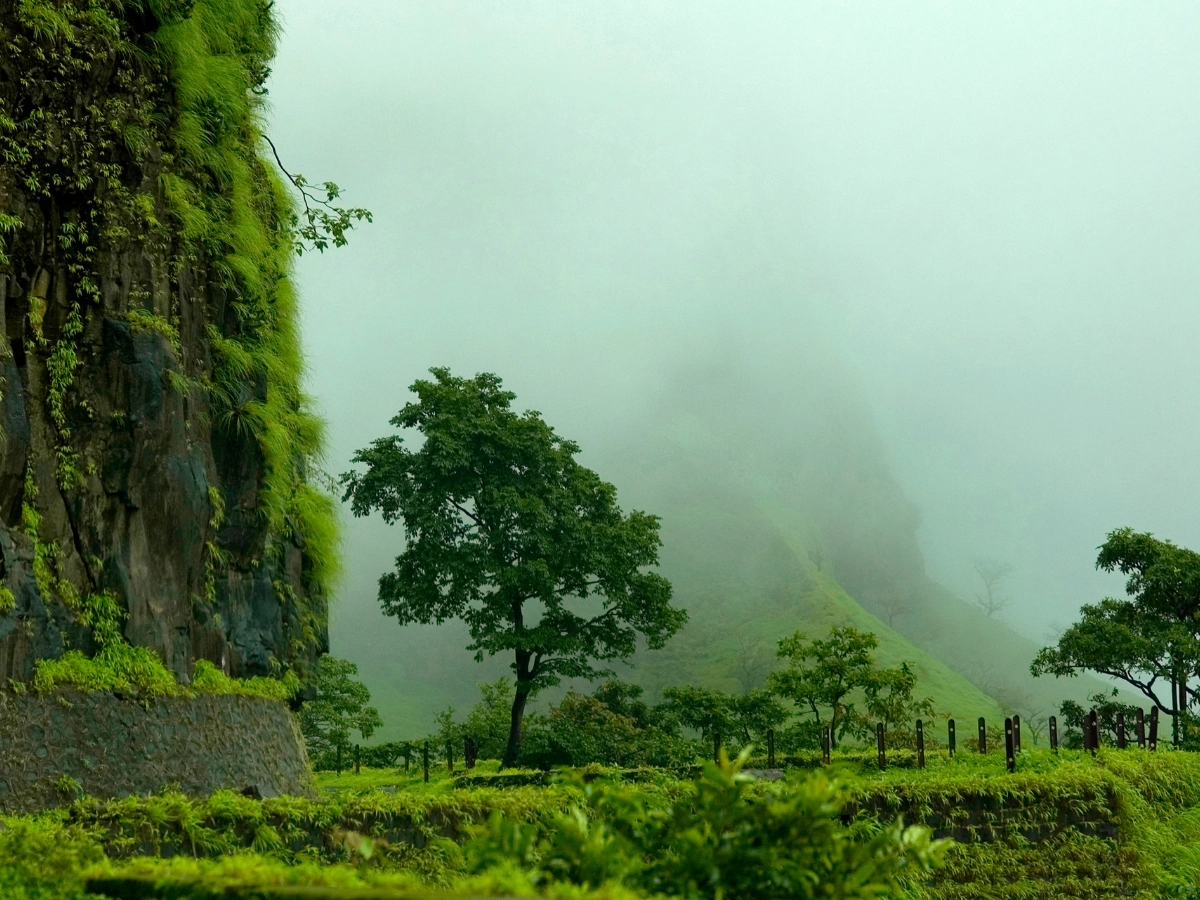
India’s rugged landscapes are a dream for adventure enthusiasts, with trekking routes that stretch from the snow-capped Himalayas to the lush Western Ghats. Whether you’re a seasoned trekker looking for your next big challenge or a newbie eager to try a shorter trail.
India offers treks that can fulfill every level of thrill and endurance. Here’s a guide to the most popular trekking routes in India that are sure to awaken your inner explorer.
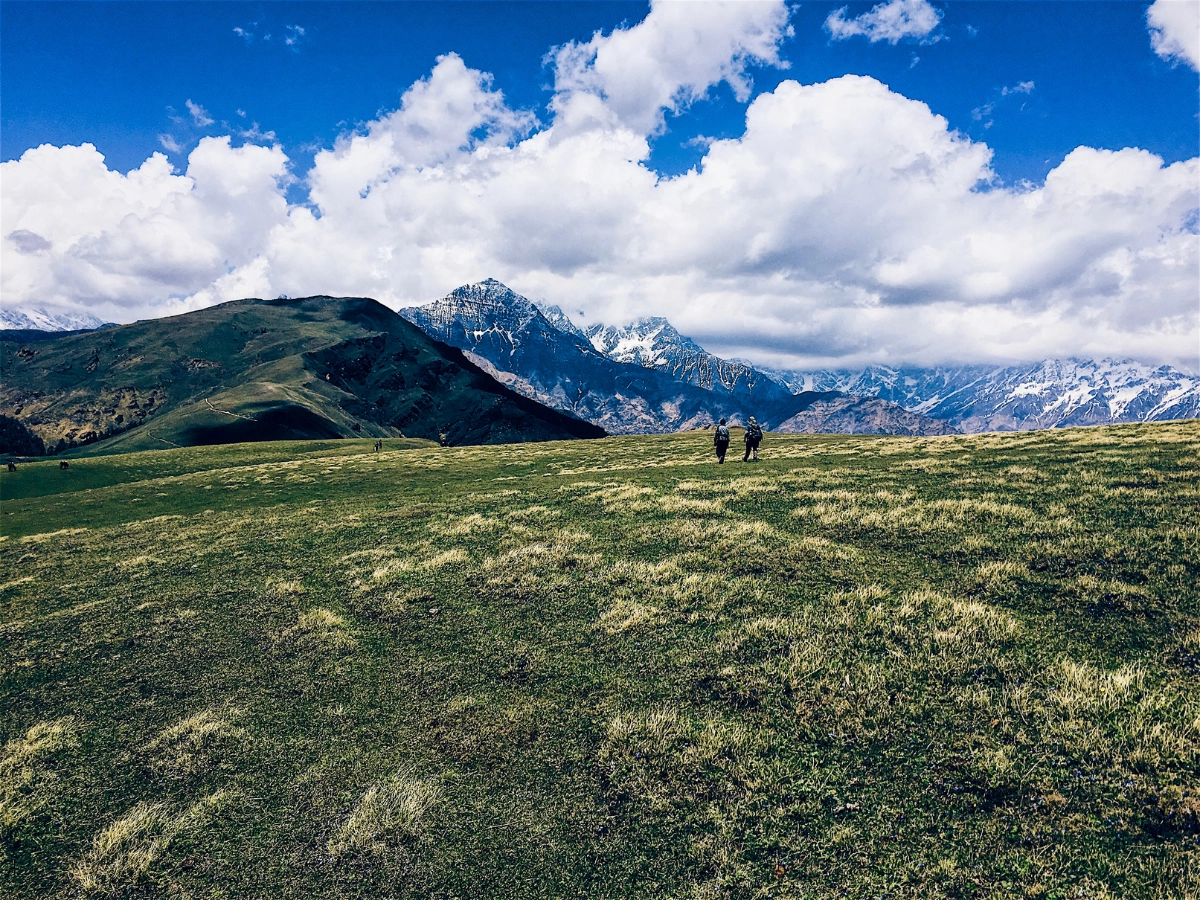
Roopkund Lake, or “Skeleton Lake,” is perched high in the Himalayas, famous for the hundreds of human skeletons lying at its edge, adding a mysterious charm. This trek combines a beautiful yet haunting view of the frozen lake, vibrant green meadows of Ali Bugyal and Bedni Bugyal, and grand views of Mt. Trishul.
The trek offers varied landscapes, from dense oak forests and grasslands to the icy lake itself. You’ll feel a powerful connection to nature, mythology, and history as you marvel at the enigmatic skeletons.
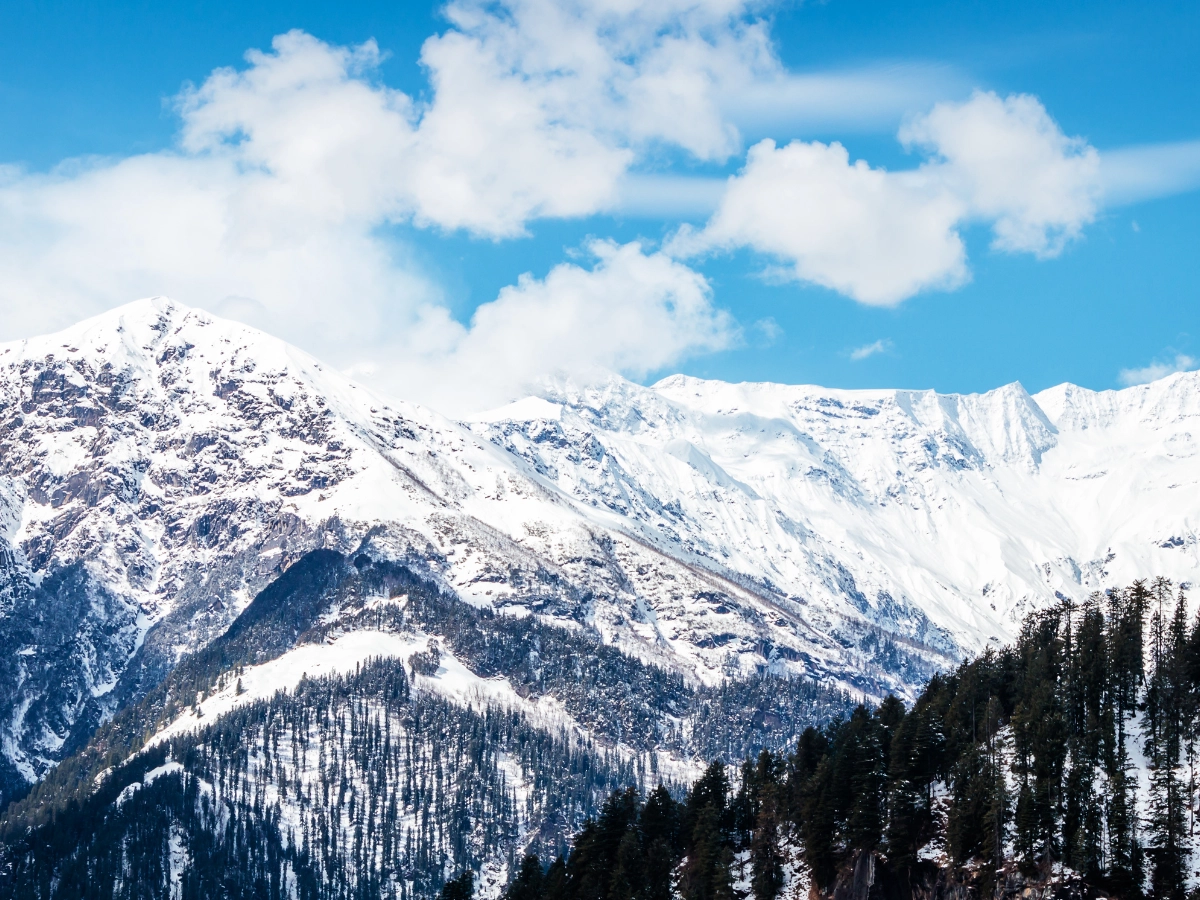
Hampta Pass is one of the few treks in India that takes you from the lush Kullu Valley to the barren, arid desert of Spiti Valley in a matter of days. The journey includes river crossings, scenic campsites, and landscapes that seem straight out of a painting.
The trek is a visual feast, with beautiful river crossings, waterfalls, and campsites surrounded by stunning views. The change in scenery is astounding as you move from green landscapes to the rocky, barren terrain of Spiti.
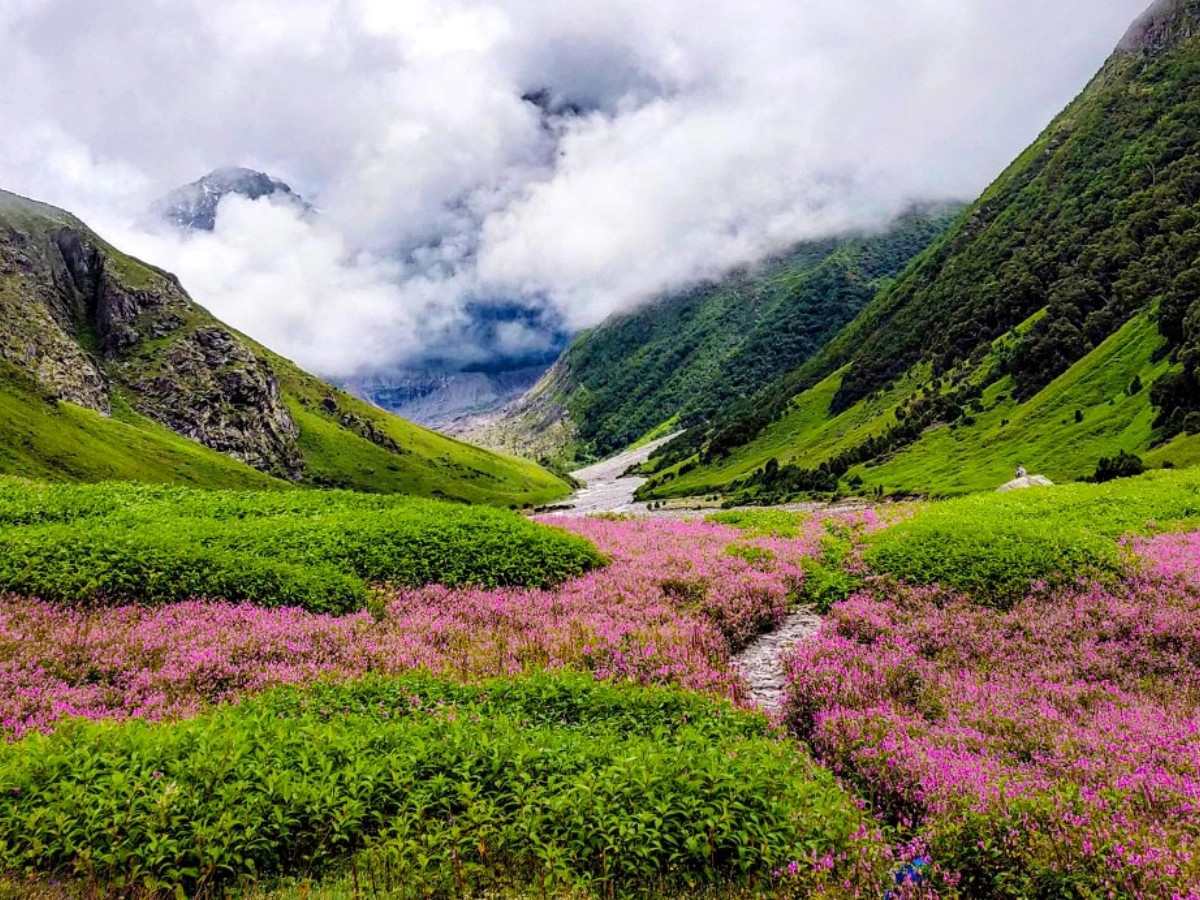
This trek is all about immersing yourself in a floral paradise. Known for its rich biodiversity and recognized as a UNESCO World Heritage Site, the Valley of Flowers comes alive in monsoon when thousands of flowers bloom in vibrant colors.
The trek through the valley is perfect for nature lovers and photographers, with flora and fauna like the rare blue poppy and Himalayan bear. The easy-to-moderate trek offers plenty of chances to slow down and savor the beauty.
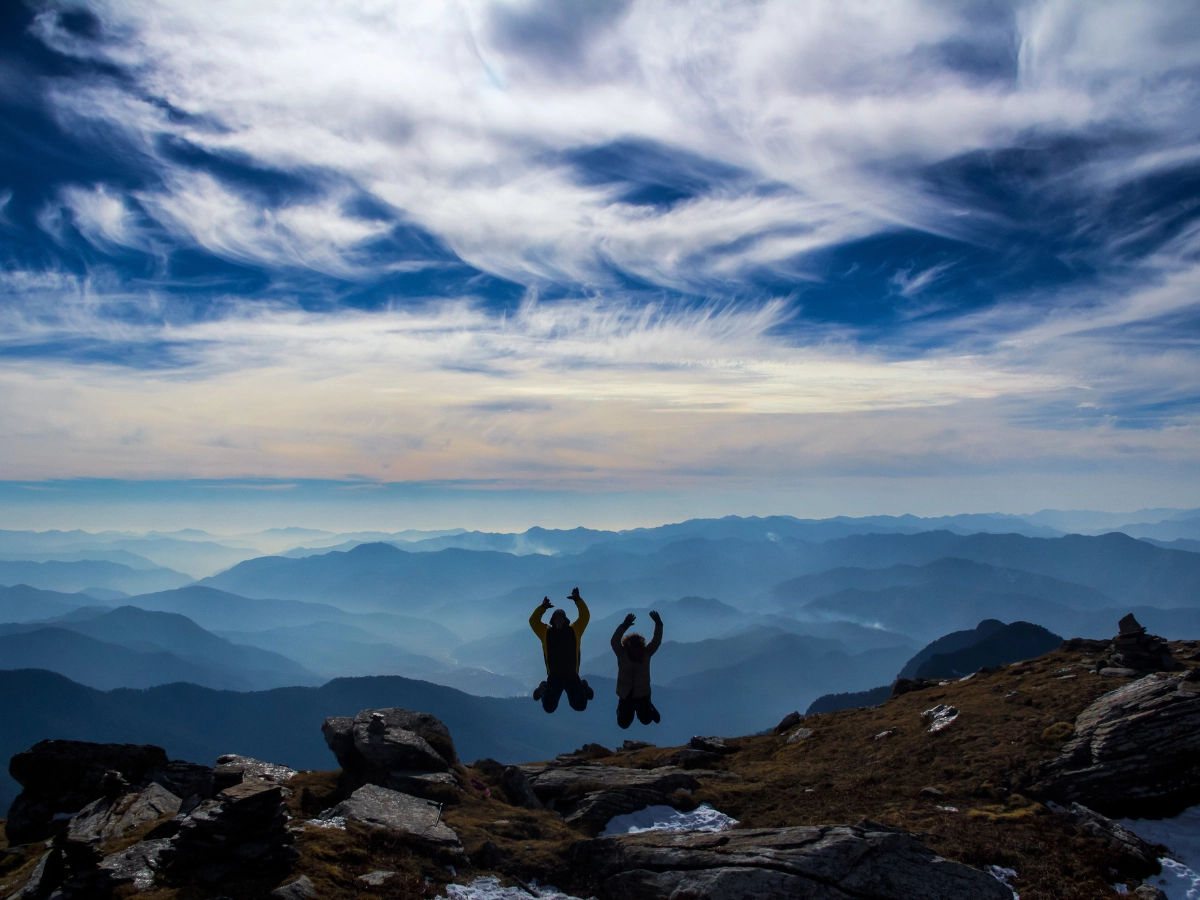
The Kedarkantha trek is renowned for its snow-covered landscapes, stunning campsites, and a 360-degree view from the summit. It’s a favorite for winter trekking due to the relatively easier path and abundant snowfall, making it perfect for beginners looking for a memorable winter adventure.
Every campsite on this trek offers unique views, from dense pine forests to open clearings. The sunrise from Kedarkantha’s summit is an absolute highlight, with unobstructed views of the surrounding peaks.

For those who crave high-altitude adventure, the Goecha La trek offers an unparalleled view of Kanchenjunga, India’s tallest mountain. Trekking through dense forests, stunning rhododendron blooms, and pristine lakes, this challenging trail rewards trekkers with jaw-dropping vistas.
The Samiti Lake and Dzongri viewpoints are the trek’s crown jewels, where you can see Kanchenjunga lit by the first rays of the sun. It’s both physically and emotionally challenging, but the landscape and views make it more than worthwhile.

Situated between Lonavala and Karjat, the Rajmachi trek is perfect for beginners and a favorite among locals during the monsoon. The route takes you to two forts, Shrivardhan and Manaranjan, surrounded by waterfalls, lush greenery, and stunning views of the Sahyadri mountains.
Located near Mumbai and Pune, this trek is perfect for beginners looking for a quick escape.
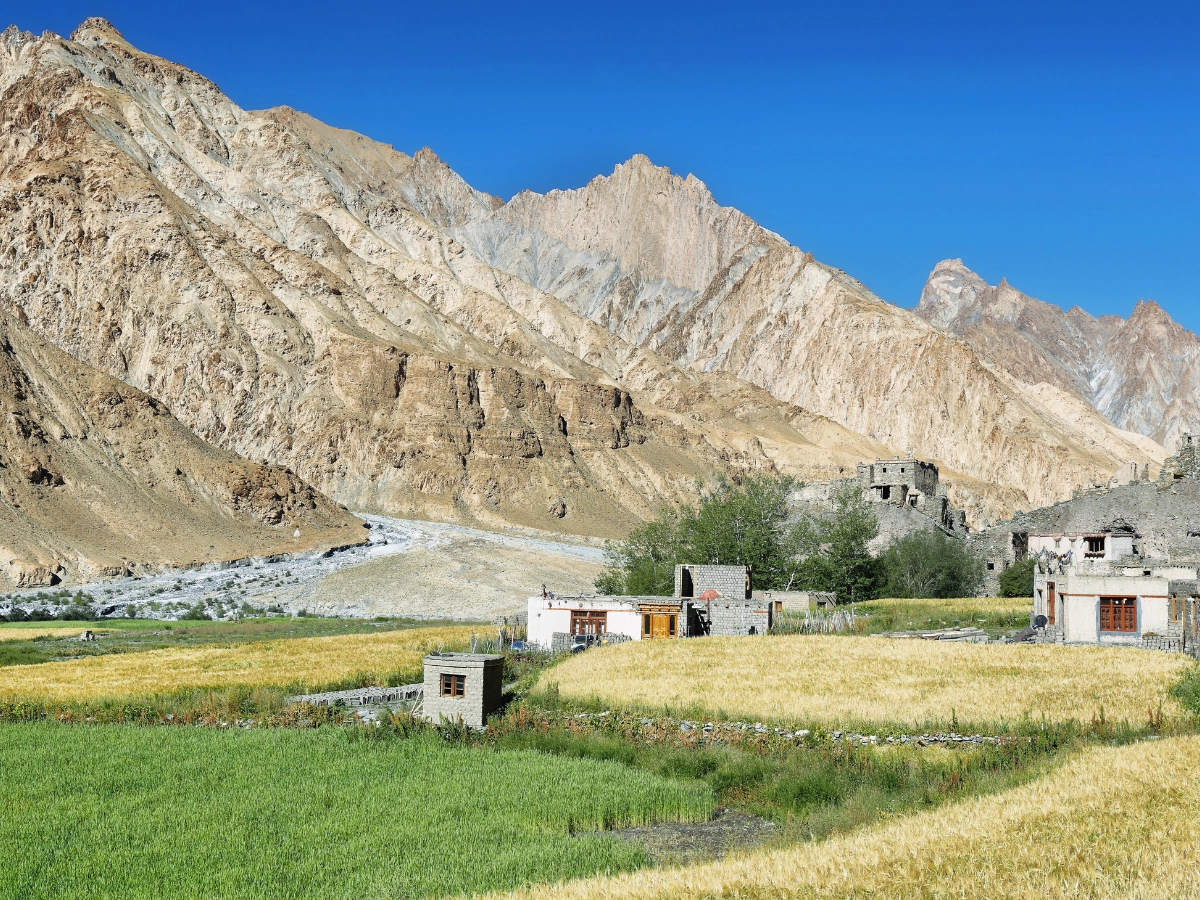
With scenic monasteries, high mountain passes, and local Ladakhi villages, this trek lets you experience the essence of Ladakhi culture. Known as the “tea-house trek” of India, you’ll have homestays along the route.
The trek provides both a taste of Ladakhi culture and mesmerizing views of the barren yet stunning landscape. Besides the striking landscapes, the trek allows you to stay in homestays along the route, giving you a firsthand experience of Ladakhi culture and hospitality. The sight of Kang Yatse peak from the summit is an unforgettable experience.
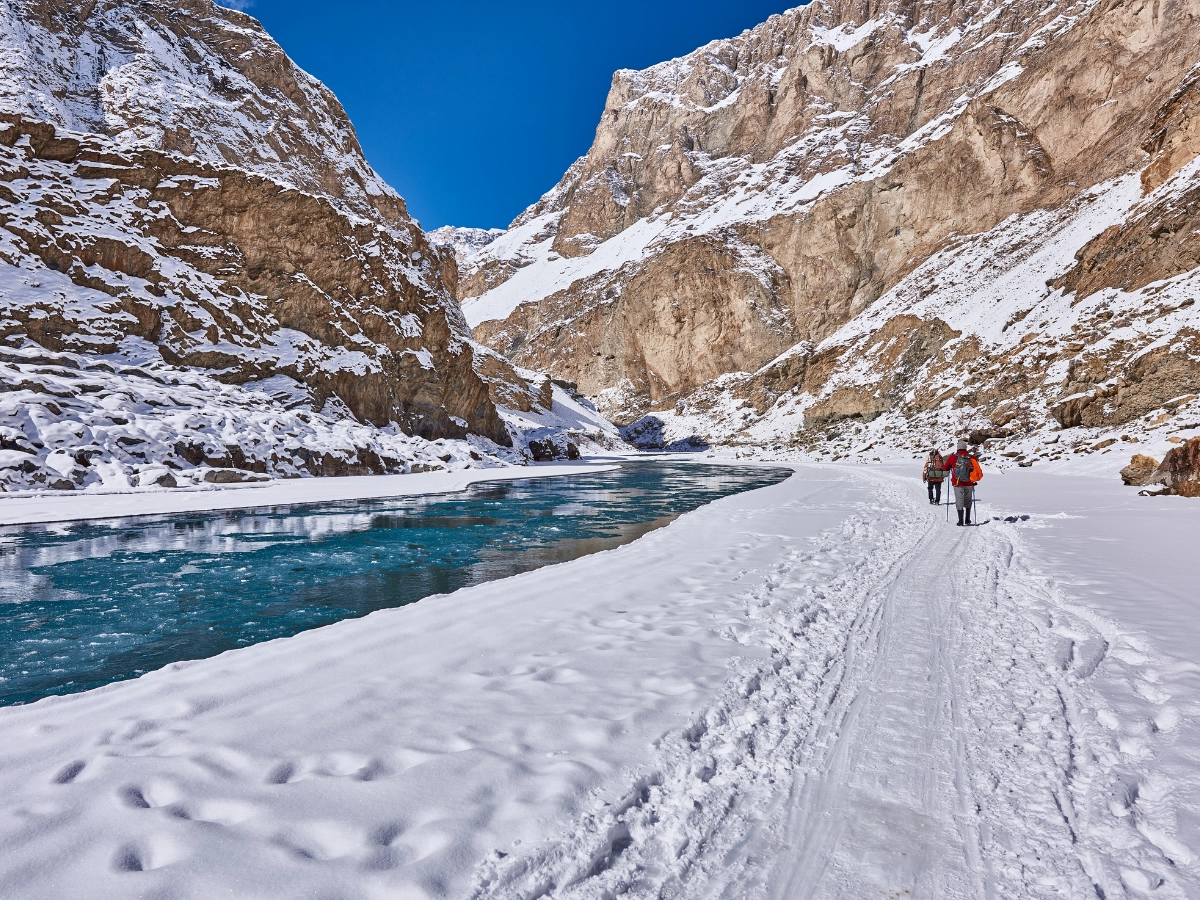
The Chadar Trek is like stepping into another world. With temperatures dipping as low as -20°C, this trek across the frozen Zanskar River is for the ultimate thrill-seeker. As you trek over the sheet of ice, each day’s journey reveals a new spectacle—from towering ice cliffs to natural frozen waterfalls. The terrain is harsh, the environment is extreme, but the scenery is nothing short of breathtaking.
You’ll be walking on ice-covered rivers, setting up camp on icy beds, and braving the cold for a truly raw experience. The trek also allows interactions with local Zanskari villagers who have adapted to this environment over centuries.
The ideal months for trekking in India vary by region. In the Himalayas, the best months are usually April to June and September to November. The summer months (April to June) are excellent for treks like the Valley of Flowers or Roopkund. Winter treks, such as the Chadar Trek on the frozen Zanskar River, are best attempted in January and February. Always check specific trek conditions and local weather forecasts before planning.
Yes, certain treks, especially those near the Indian borders or within protected forest areas, require permits. For example, treks in Sikkim (like the Goechala Trek) require permits. The Roopkund Trek and Valley of Flowers in Uttarakhand also require permits. Always verify with local authorities or tour operators before embarking on a trek.
Fitness levels required vary by trek difficulty. Treks like the Kedarkantha Trek are relatively easy and suitable for beginners with basic fitness. For challenging treks such as Stok Kangri or the Chadar Trek, physical endurance and experience with high-altitude trekking are recommended. Regular cardio, strength training, and altitude acclimatization are essential for preparation.
Acclimatization is crucial for treks above 3,000 meters (9,800 feet). Here are some tips:
Be aware of symptoms of acute mountain sickness (AMS), such as headaches, nausea, or dizziness, and descend if they persist.
Ascend gradually and include rest days.
Stay hydrated to help your body adapt.
Avoid alcohol and smoking at high altitudes.
Yes, here are a few essentials:
Always check a trek-specific packing list to ensure you’re well-prepared.
Layered clothing for varying temperatures.
Trekking boots for rugged terrain.
First aid kit, including altitude sickness medication.
Water purification tablets or filters.
Headlamp for early starts or night trekking.
The cost of organized treks varies based on the location, duration, and amenities provided. Shorter treks like Triund (Himachal Pradesh) or Kedarkantha may cost between ₹5,000–₹10,000 ($60–$120). Longer and high-altitude treks like Chadar or Stok Kangri can cost ₹25,000–₹50,000 ($300–$600) per person. These costs typically cover guides, accommodation, meals, and permits.
Solo trekking in India can be safe but depends on the trek and location. Well-known trails with higher foot traffic (e.g., Triund or Valley of Flowers) can be safer for solo travelers. However, remote and challenging treks like Pin Parvati Pass or Stok Kangri are best done in groups or with professional guides. Always inform someone about your trek plans and carry communication devices if you’re trekking solo.
The primary risks include altitude sickness, hypothermia, injuries on rocky terrain, and extreme weather conditions. Preparation, acclimatization, a first-aid kit, and trekking with a reputable guide or company can mitigate these risks. Always monitor weather updates and carry essentials like warm clothing, sufficient food, and hydration supplies.
The Chadar Trek is one of the most challenging treks in India due to extreme cold (temperatures can drop below -20°C) and walking on frozen ice, which requires good balance and caution. It’s best suited for experienced trekkers comfortable with high-altitude and extreme winter conditions.
Yes, many treks in India are beginner-friendly. Some examples include:
Deoriatal-Chandrashila Trek in Uttarakhand
These treks offer beautiful scenery and manageable paths, making them ideal for beginners. It’s recommended for beginners to improve their physical fitness and start with these easier treks before moving to advanced ones.
Triund Trek in Himachal Pradesh
Kedarkantha Trek in Uttarakhand